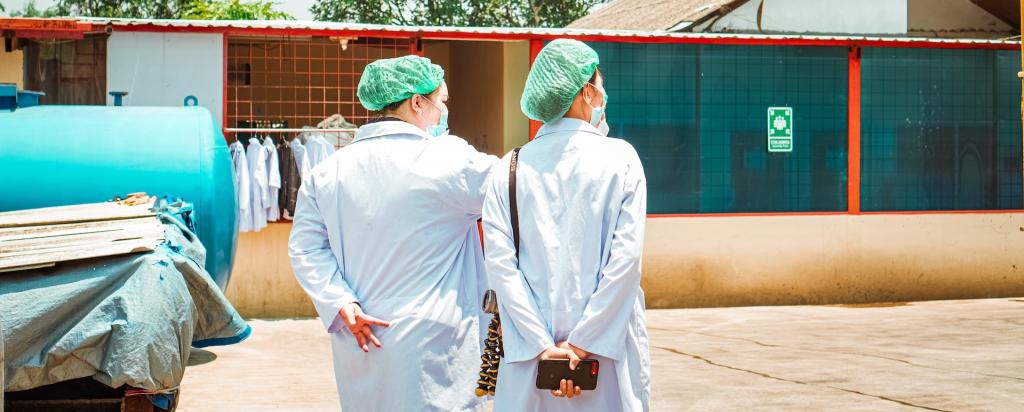
Published on the 13th July 2015 by ANSTO Staff
Little Forest Legacy Site (LFLS) is secure, safe, fenced and monitored, and is today used by scientists as an outdoor laboratory to research and publish on issues as diverse as nuclear security and materials storage.
It originated as a 1960’s disposal site – the place where the government disposed of waste associated with an energy research program that has long since been abandoned.
Today the site is managed, on behalf of the Government, by the Australian Nuclear Science and Technology Organisation (ANSTO), in consultation with the independent nuclear regulator, ARPANSA.
Substantive ongoing management includes routine air, soil and groundwater testing, results of which are publically available and confirm that the site is being safely managed.
In January this year, ANSTO announced that it has lodged an application with the nuclear regulator to formally licence the site.
What this process was designed to do is formalise and codify strong management systems, in line with international best practice.
In response the Australian Radiation Protection and Nuclear Safety Agency, (ARPANSA) confirmed a routine public submissions process in relation to the licencing application.
After a detailed review of the application, ARPANSA has now confirmed that they have approved the application and granted a Facility Licence to “possess or control” the site.
“We thank the independent regulator for their detailed review,” said a spokesperson for ANSTO.
“ANSTO is Australia’s centre for nuclear expertise, and this approval reflects the strength of our plans to manage this site appropriately, using best practice.”
In his decision to grant the licence, the CEO of ARPANSA, Carl-Magnus Larsson, said in his statement:
“The ARPANSA reviewers concluded that sufficient information is provided and that the information provides evidence that the current state of LFLS, and its planned management, afford a high level of protection of the health of people and the environment. I agree with these conclusions.”
Read the release